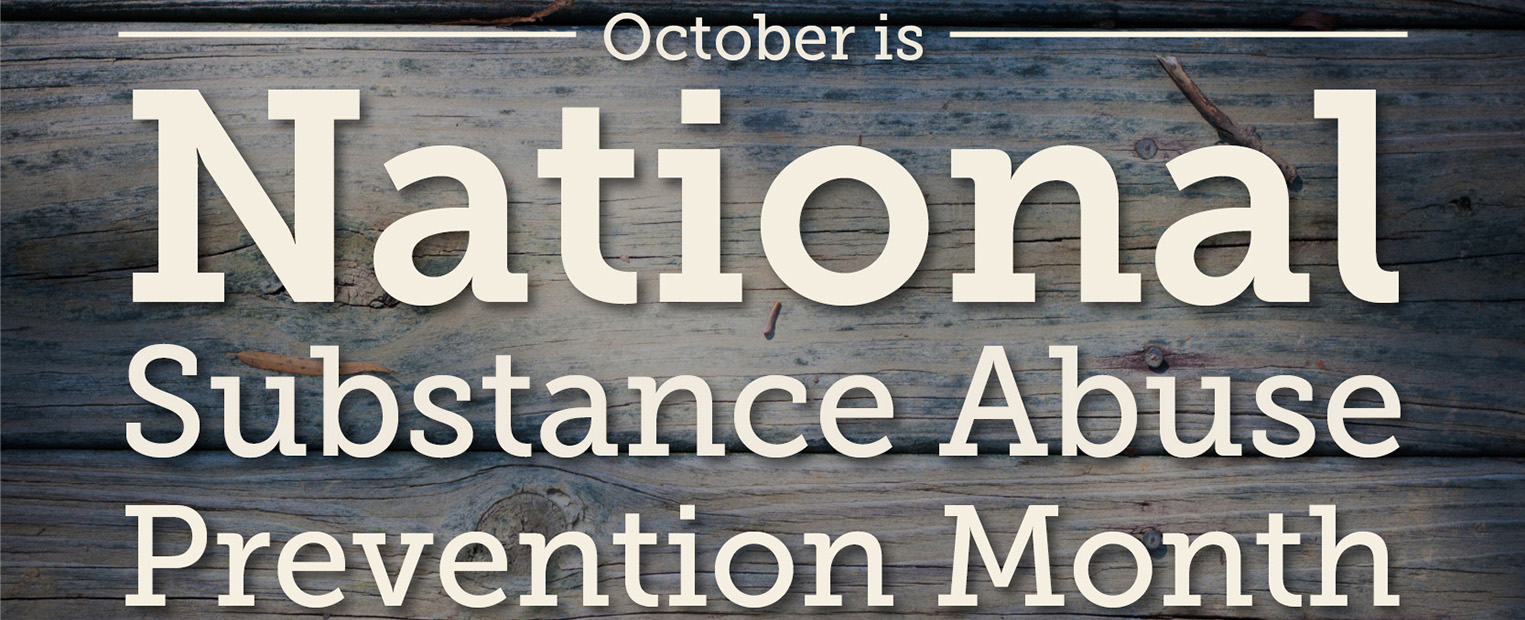October was first declared National Substance Abuse Prevention Month in 2011. It’s a time to highlight the important role of substance abuse prevention in both individual and community health, as well as an opportunity to remember those who have lost their lives to substance abuse. Studies show that the earlier an individual starts smoking, drinking or using other drugs, the greater the likelihood of developing addiction.
In 1968, the Institute of Behavioral Research (IBR) became the first to conduct a federally funded national evaluation of the newly formed community systems for treating heroin addicts. IBR promotes public health and safety through extensive research and practices. It informs and addresses substance use and HIV/AIDs prevention and treatments through its national research.
In the United States, more than 11 million people are currently misusing prescription opioids, making it a public health concern. Kevin Knight, director of IBR, states that the rates (compared to 10 years ago right before the pandemic) of youth abusing opioids increased by 20% at the beginning of 2021. “As part of the bigger picture to address this enormous problem, we need to find effective strategies to prevent opioid use among youth. We no longer can view it as a phase of experimentation that kids go through,” Knight says.
The National Institution of Drug Abuse reports that most drugs affect the brain's reward circuit by flooding it with the chemical messenger dopamine. Surges of dopamine in the reward circuit cause the reinforcement of pleasurable but unhealthy activities, leading people to repeat the behavior again and again.
Yang Yang, a graduate of IBR, joined the Institute as a research scientist in 2020. She says, “It is important to start devoting more resources to the prevention of substance use, especially among at-risk populations, such as youth involved in the legal system.” Recovering from substance abuse is a long and frustrating process. Yang emphasizes the importance of starting prevention services as soon as possible.
Funded by the National Institutes of Health, IBR and TCU’s Karyn Purvis Institute of Child Development (KPICD) research teams led by Dr. Danica Knight are working on the prevention of substance abuse through a current project called Preventing Opioid Use Among Justice-Involved Youth as They Transition to Adulthood Leveraging Safe Adults (LeSA). Yang says, “The LeSA project is designed to test the effectiveness of the trauma-informed intervention model, Trust-Based Relational Intervention, that was developed by the KPICD. It applies this model to preventing the initiation and/or escalation of opioid use and other substance use among youth (ages 15-18) involved in the legal system. The LeSA project also explores the organizational factors for implementing the TBRI among facilities serving youth involved in the legal system so that the TBRI can be sustained and extended to routine practice.”
IBR and KPICD are working with the Texas Juvenile Justice Department and other county juvenile probation departments on trying to prevent substance abuse in local and national communities. Yang says, “Research on substance use prevention involves activities both in the lab and in the field. I encourage researchers to look at various organizations (schools, pediatric clinics, OB/GYN clinics, women’s shelters, and different communities with different cultural backgrounds) to gain a nuanced understanding of how the risk factors learned in textbooks and labs unfold in real life. This would help develop prevention strategies that are more responsive to the prevention needs.”
Learn more about CSE’s Institute of Behavioral Research and the Karyn Purvis Institute of Child Development.
